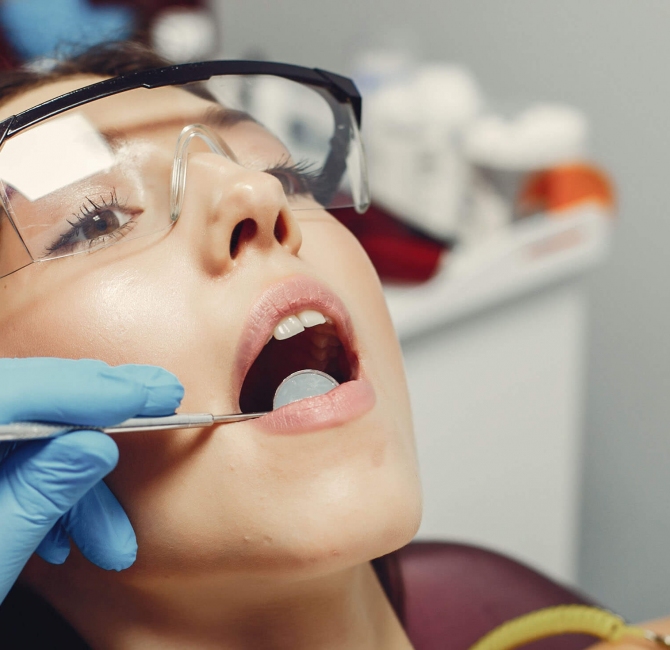Originally published in Dental Abstracts, Volume 66, Issue 1
To access the full study, visit here.
The trauma of childhood sexual abuse (CSA) can cause a wide range of health problems during adulthood, including making oral health care challenging and triggering dental anxiety.
Background: Because CSA has a prevalence of 10% to 20% of the population, it’s likely that oral health professionals regularly deliver dental care to patients who have survived CSA. Similarities between the CSA and dental treatment can include having the individual left alone with a person in authority, lying on the back in a vulnerable position, and being expected to cooperate while a painful procedure is done. The term traumatic coupling has been used to describe the dual relationship between sensations, images, behaviours, emotions, and meaning. After experiencing a trauma, the individual may perceive any stimulus as similar to the previous traumatic event, leading to similar emotions (such as fear) and similar behavioural responses (including fight, flight, and freeze). The reactions are irrational and basically outside of the individual’s control. CSA survivors were interviewed to determine if their thoughts, emotions, physical sensations, and reactions to dental treatment are similar to those related to CSA.
Methods: The data were gathered as part of a multidisciplinary study, with the 16 participants recruited through four Centres Against Sexual Abuse in Norway. The 12 women and 4 men underwent qualitative semi-structured interviews lasting 1.5 to 2 hours. These interactions were conducted by a social worker, a dentist, and a psychologist. The transcripts of the interviews were evaluated to develop a conceptual framework and a core concept.
Results: The core concept was preparing for attack and recovering from battle. Four main categories were seen, as follows: expecting danger, battling anxiety, reliving abuse, and struggling with the aftermath.
Dental treatment was described by participants as something dreaded long before the appointment. The thoughts and feelings reported were associated with danger and included fighting previous negative experiences with dentists or health care professionals. Participants also reported experiencing sight, smell, taste, hearing, and touch stimuli as being linked to negative feelings such as escalating anxiety. Hearing the dental staff breathe heavily, keeping the mouth open for long periods of time, smelling the dentist’s body odour, and smelling or tasting rubber triggered the sense of being in danger more than experiencing the pain from the dental drill. Body position, having someone physically close from behind, and sensing a presence leaning over the participant contributed to the sense of danger and being under attack. Participants also reported having to mentally fight to mobilize sufficient willpower to do the opposite of what their bodies told them. Often this led to postponing or cancelling appointments
or being unable to complete the dental treatment if several visits were required.
Nearly every participant described experiencing anxiety with dental treatment situations. In fact, just talking about the topic was sufficient to produce bodily reactions such as nausea. Often having visited the same dentist for many years proved vital to the participant’s ability to cope with the performance of dental treatment. Aspects related to the battle included the interpretations of body reactions. Participants reported experiencing rapid heartbeat.
Clinical significance: The dental appointment causes survivors of sexual abuse to re-experience stress in both implicit and explicit ways. Oral health professionals should take a careful history, including asking about sexual abuse, and plan their interventions to minimize the strain that the dental appointment is likely causing. Greater awareness of the possible reaction patterns these patients may experience can lead to better opportunities to provide dental care safely and without causing additional stress.



